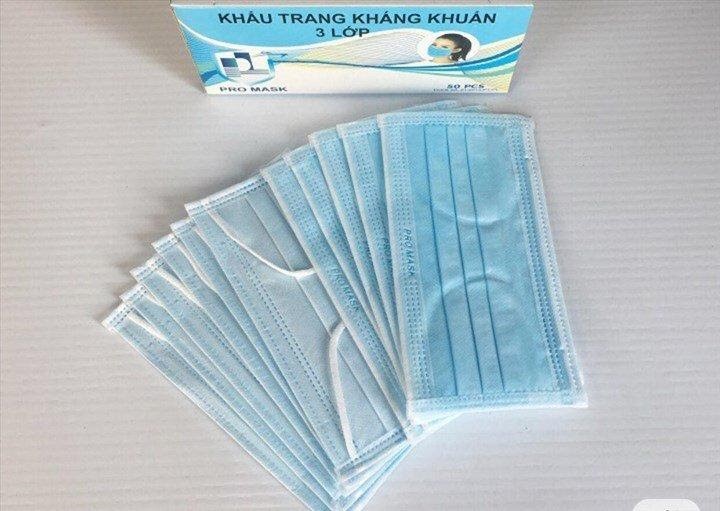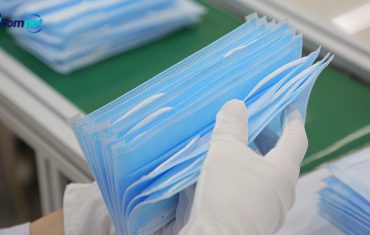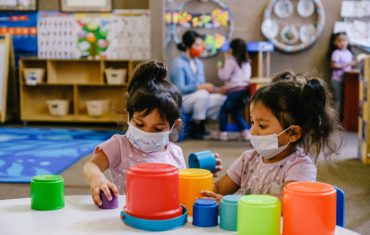Bacterial filtration performance is an index of tests performed on filtration materials and equipment designed to resist biological aerosols, such as Medical masks, surgical gowns, caps and air filters. In today’s complicated infectious disease situation, masks play a very important role in disease prevention. So how to export medical masks to have standard medical masks?
1. Why do we need to use qualified medical masks?
The occupational risk of health-care workers exposed to infections caused by various agents, especially viruses and bacteria, has become a threat to the health-care workers themselves, since in in the course of their work, they are exposed to a lot of biological fluids that can contain pathogens. The biological hazard is very common and varied, it can be blood, air, secretions or contact.
This risk is not only for health-care workers during treatment and care for injured or sick people, but also to the sick themselves. Especially patients with diseases can spread biological agents that cause danger to others. Therefore, using a medical respirator will help health-care workers or users reduce their exposure to air containing pathogens.
2. What is BFE filter efficiency?
Bacterial Filtration Efficiency (Bacterial Filtration Efficiency in English and BFE for short) is a test to evaluate the efficiency of bacteria filtration by comparing the number of bacteria that the material or device can filter.
This test method evaluates the microbial filtration efficiency of a medical mask, using the relationship between exposure of bacteria introduced into the air stream from above and the remaining concentration in the lower air stream to confirm the effectiveness of the leaching material used to prevent the spread of pathogens.

This bacteriological filtration performance method is used to test for medical masks
This method of bacteriological filtration performance, in addition to testing for medical masks, the method can evaluate the bacterial filtration efficiency of products other medical methods such as surgical gowns, surgical screens and sterile barrier systems and this approach mainly evaluates the effectiveness of the materials used but does not judge in terms of design. .
The organism used in the filtration performance such as aerosol is Staphylococcus aureus, which is the bacteria that normally occurs in the body’s permanent microbiota but is also human pathogen and is the main cause of hospital infections.
The assessed material will be placed between the aerosol chamber and the six-stage cascade impactor. In the aerosol chamber, the Staphylococcus aureus culture layer is dispersed using a nebulizer. The medical aerosol-acting droplets were collected throughout the six stages of the procedure.
In this way, the relationship between the number of bacteria produced by the nebulizer is evaluated relative to the number of bacteria collected after passing the mask, thereby reporting the efficiency rate of the bacterial filtration process. To meet the so-called medical masks / surgical face mask standard, the filtration efficiency index must be at least 95% to be a good mask. Masks of medium and high quality have a bacteria filtration rate of 98% to more than 99%. Some manufacturers use the Greene & Vesley method to determine the bacteriological filtration efficiency (BFE).



